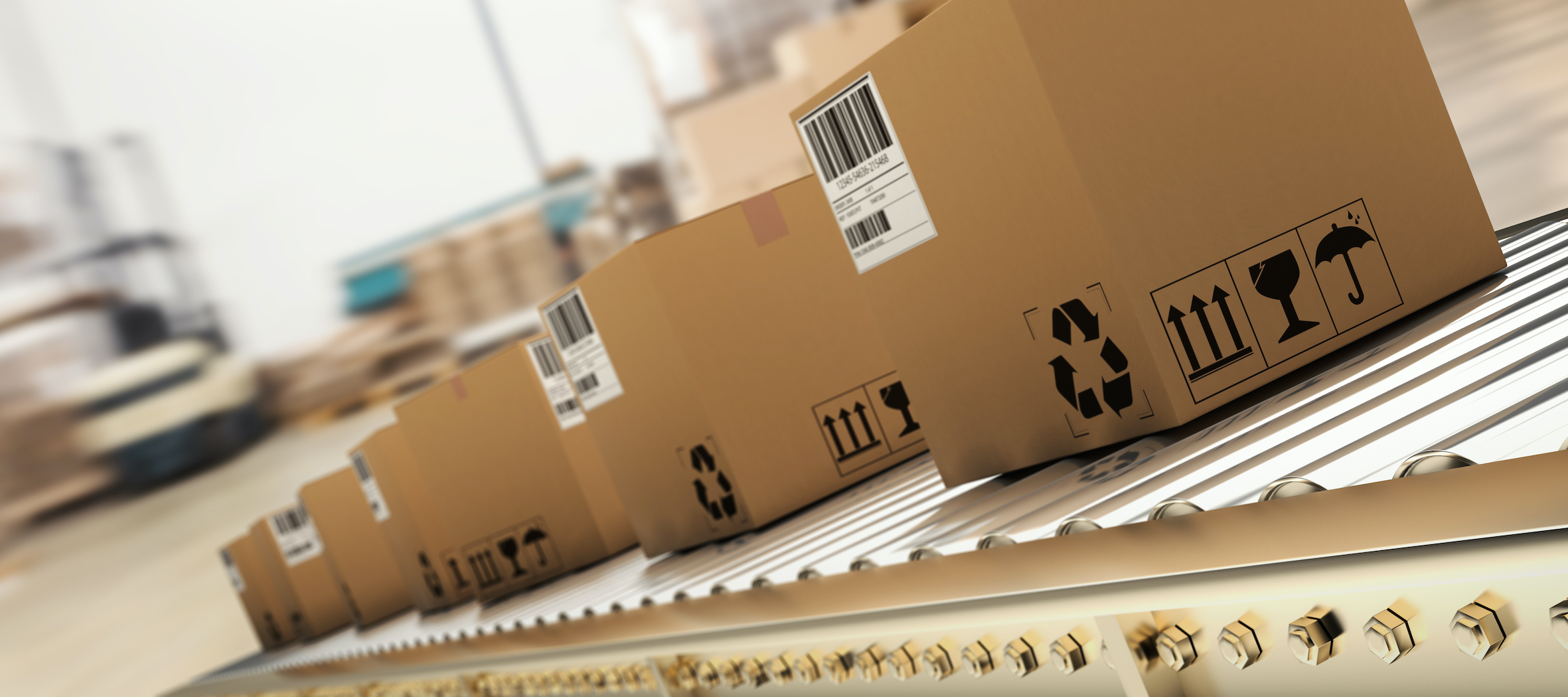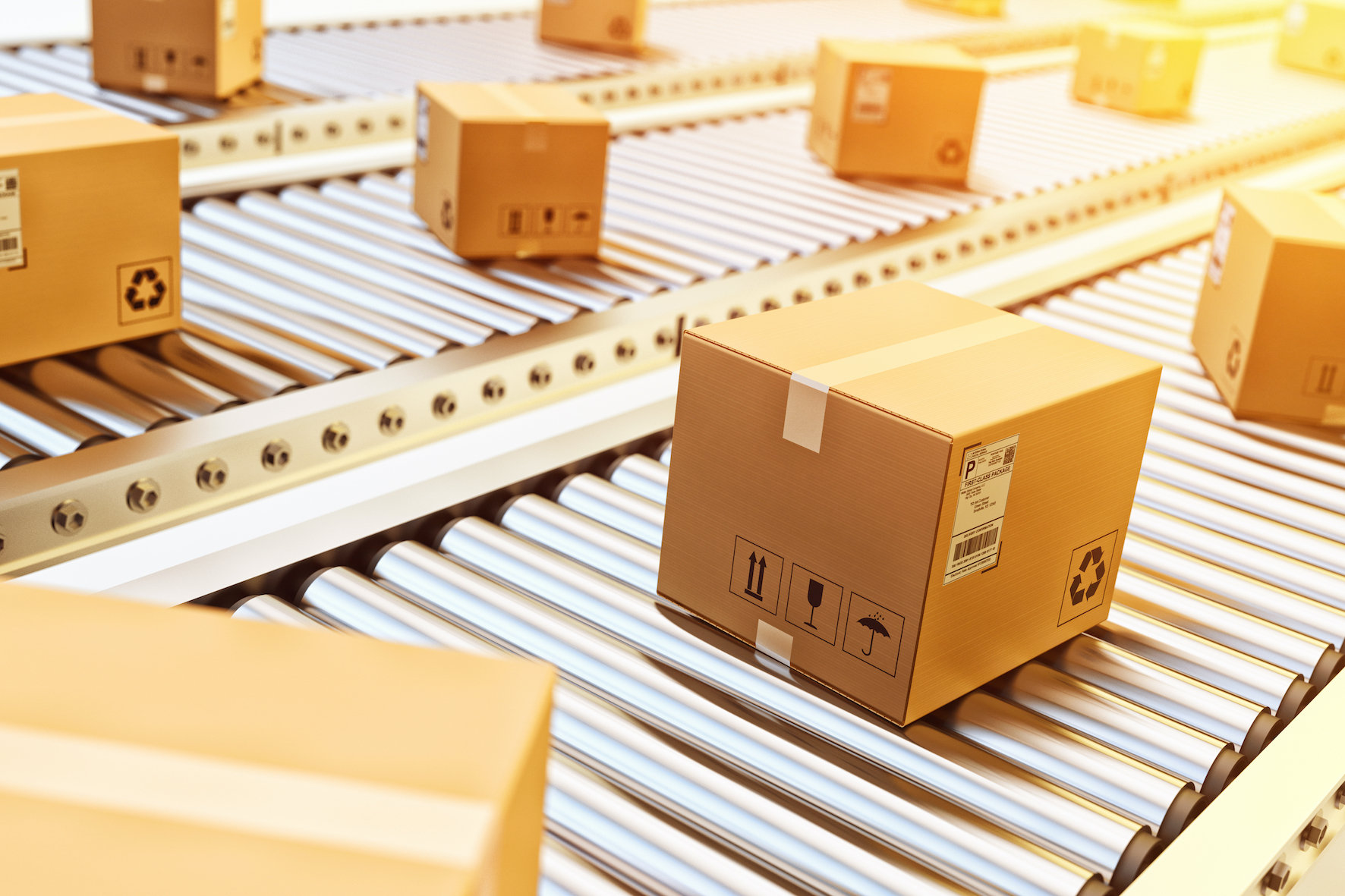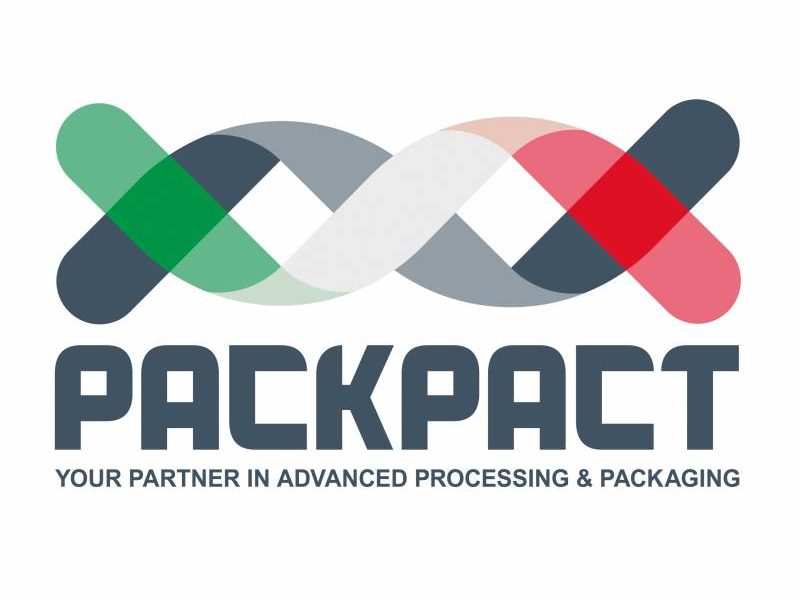
The most common challenges in the packaging industry and how to deal with them thanks to robotic palletisation solutions
Optimising production processes to increase productivity, while ensuring maximum traceability and maintaining high quality standards, represents one of the most important challenges for numerous manufacturing sectors, including the packaging industry. Every sector has specific goals to achieve and, in the case of the packaging industry, the pursuit of goals to maintain market competitiveness is subject to numerous variables which influence the processes. But what are the main challenges for the industry today, and how do robotic palletisation and automation fit into this context?
The challenges for the packaging industry
We expand on the role of automatic palletisers and robotic palletisation systems in highly complex and changing environments such as the packaging industry. It is not just the pandemic which exploded in 2020, there are actually numerous factors which influence the production processes for all sectors of the manufacturing industry, starting with digitisation and environmental issues. The main challenges which can find a concrete answer in automatic palletisation systems include:
- Automatic palletisers for the environment
The manufacturing sector is now facing ever-increasing requests for ever-more sustainable materials, including through the use of increasingly thin and high-performance packaging. This is a transition which is often complex, requiring the companies to abandon materials which had been optimised for production over a long period of time, and develop and adopt new technologies. In this context, an automatic palletiser is able to offer greater productivity and flexibility within the packaging industry, while retaining low costs and completely defect-free packaging in order to minimise wastage.
- E-commerce and the packaging industry
With the advent of e-commerce, the demand for items and products for packaging has grown exponentially. But that’s not all. The need for packaging of ever-greater quality, which is customised, safe and with shorter lead times, but at the same price, is growing too. An automatic palletisation system can increase the performance of a packaging enterprise, while guaranteeing the highest levels of speed and precision at a lower price. The result is the overall optimisation of the quality, productivity and price variables.
- New global trends
The evolution of consumer habits translates not only into the success of e-commerce. Families today are smaller, and the packaging industry’s systems must be able to handle ever-smaller and more sophisticated packaging formats. The increasing success of discounters and large retail chains also strongly influences the industrial processes: mixed palletising is by now a consolidated trend requiring levels of efficiency and precision which only automatic palletisers can guarantee.
- Digitising the packaging industry
Optimisation of the processes inevitably involves digitising production. Customers are the first to request the ability to connect to the machines, to gather data and have access to it in real time. Digitising the packaging industry with the aid of robotic palletisation means opening the doors to effective communication between all stakeholders, managing the machinery’s operation with extreme precision, and attaining flexible and dynamic production. Robots are indeed easy to program and redistribute, and can be perfectly integrated with the constantly evolving digital systems.
- Automatic vs manual palletisation
In the packaging industry, palletisation represents one of the most critical choke points of the process. The current widespread lack of labour has affected this sector too, with the consequent increase in costs for palletisation operations as well. What’s more, manual palletisation is a repetitive job which can be demotivating or even dangerous for employees. The adoption of an automatic palletiser is a winning solution in this case too, also offering the ability to assign activities with greater added value to the employees. In general terms, there are numerous competitive advantages to an automatic solution: the machines operate 24/7 and always guarantee the same quality level, at a higher speed and lower cost.

The challenges for the packaging sector are continually evolving amongst shorter production cycles, repeat orders and flexibility, and these changes require an adaptation of the capacities of the production lines, which automation is now able to guarantee.


